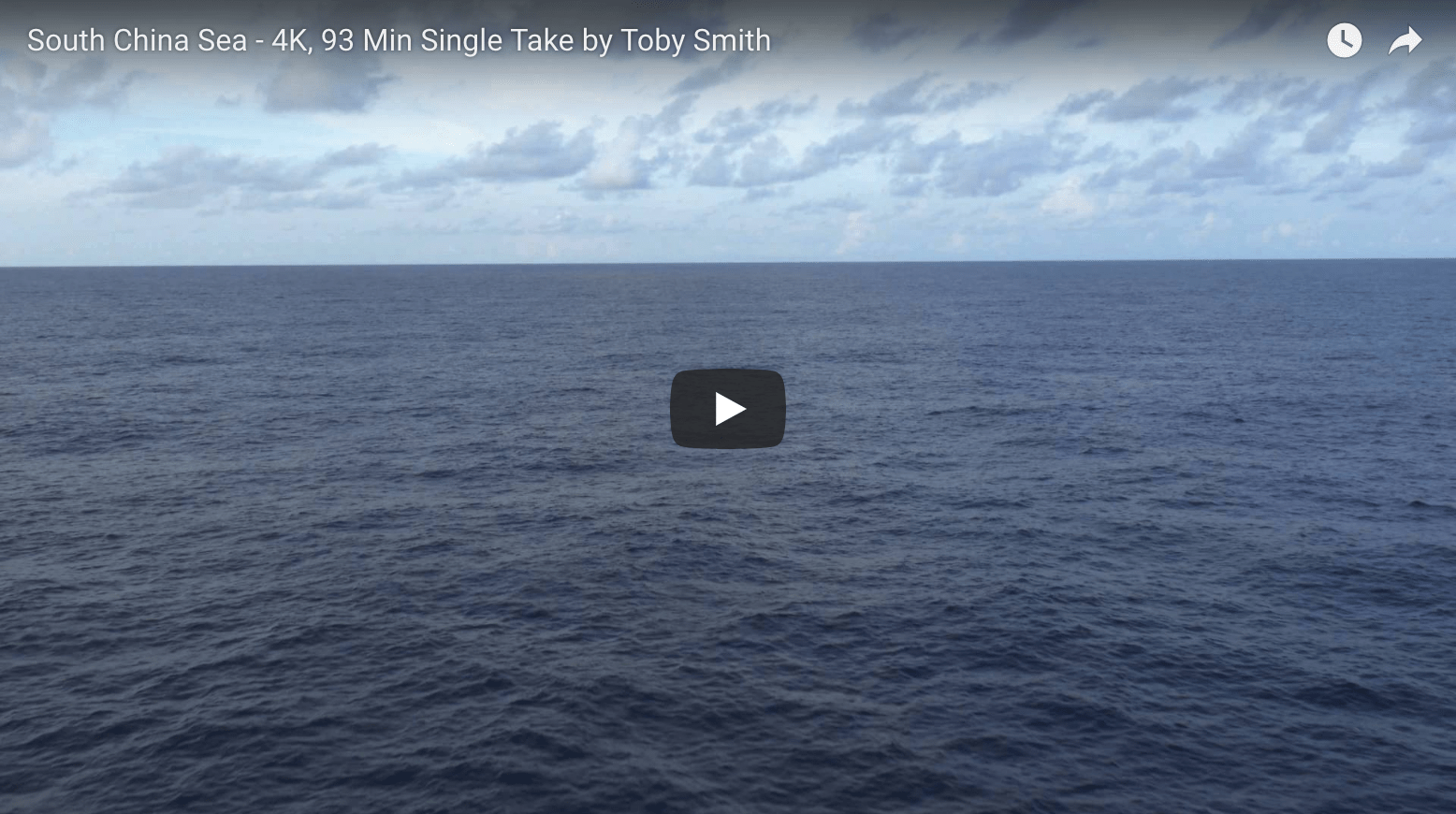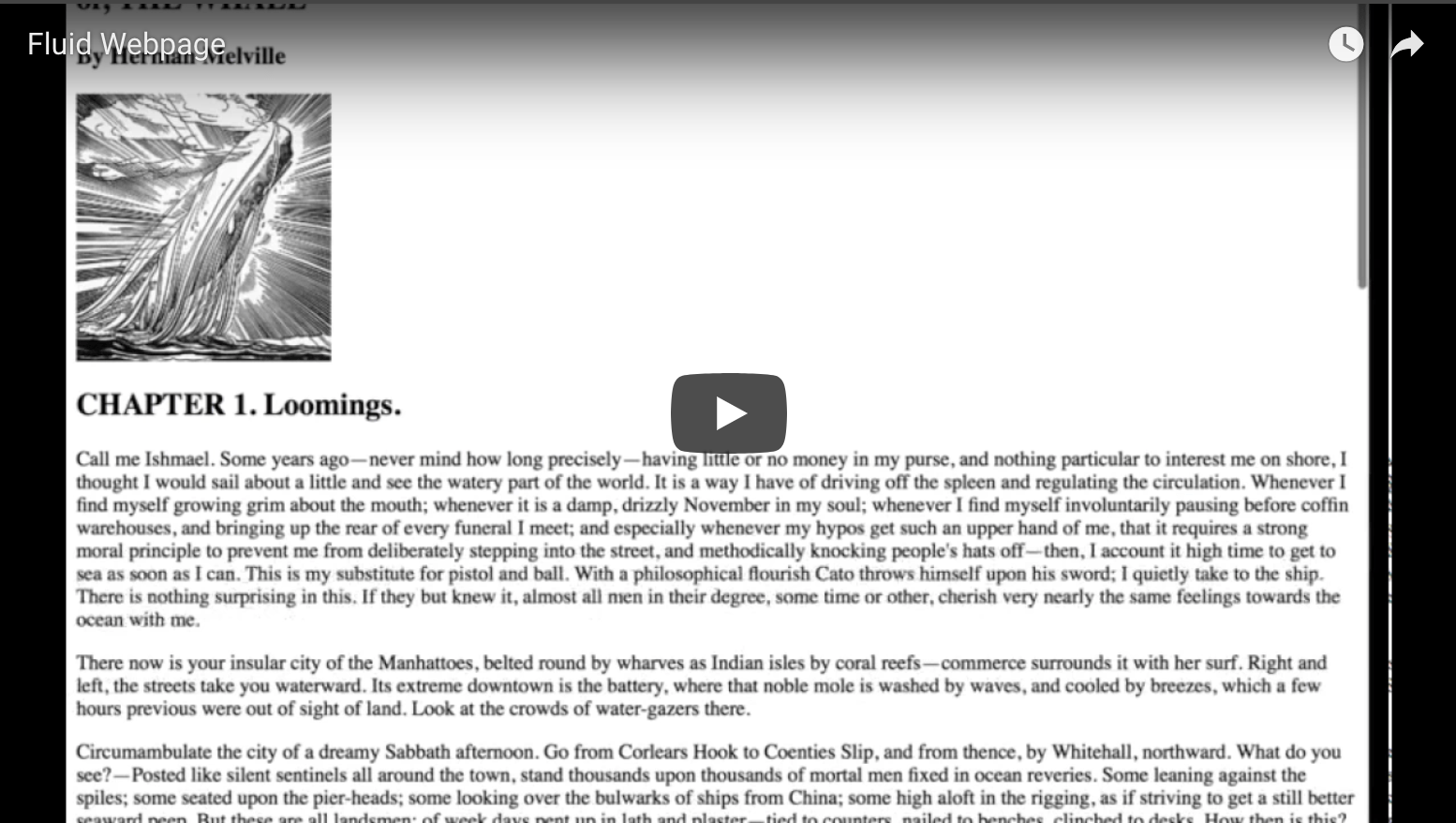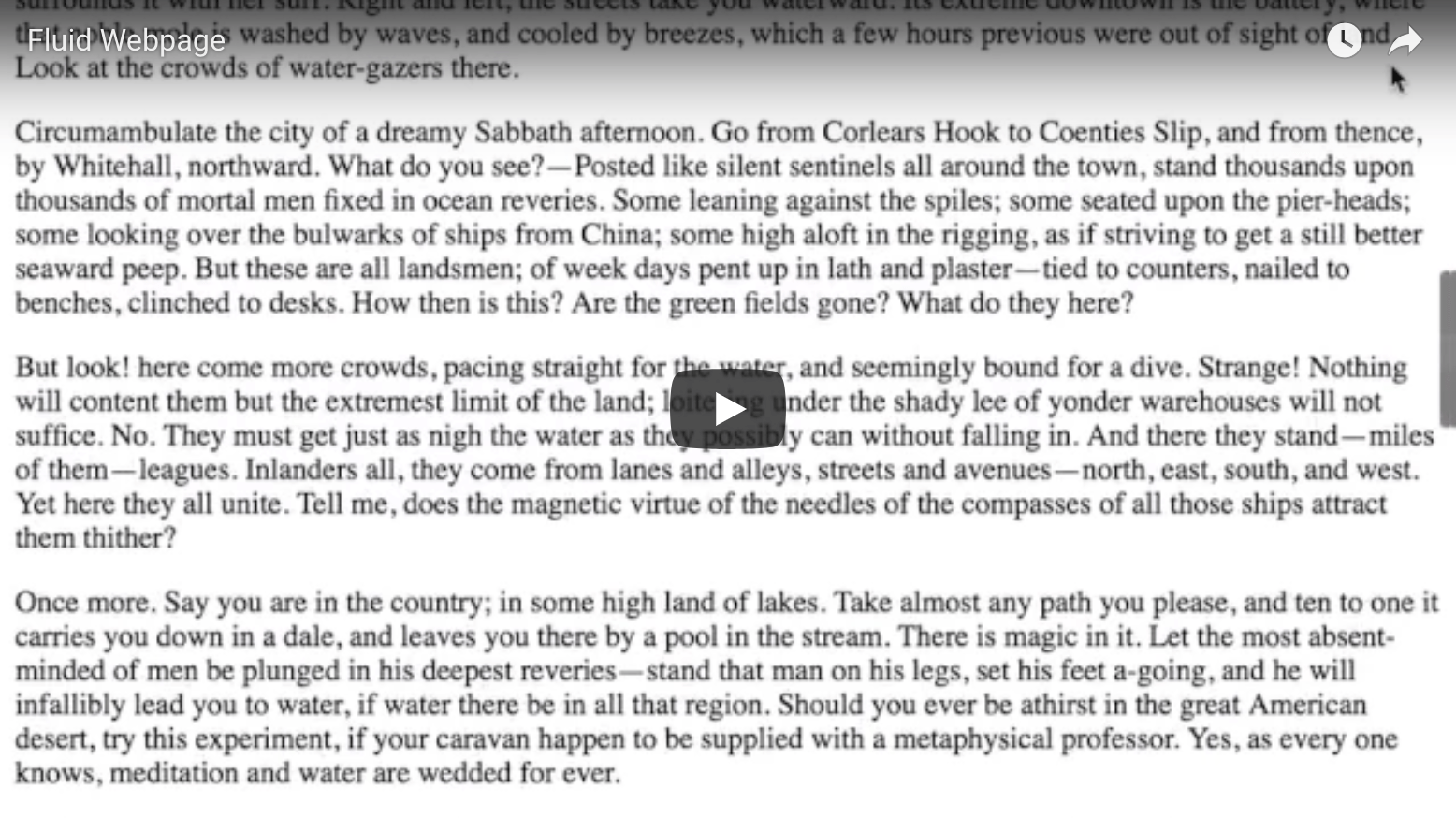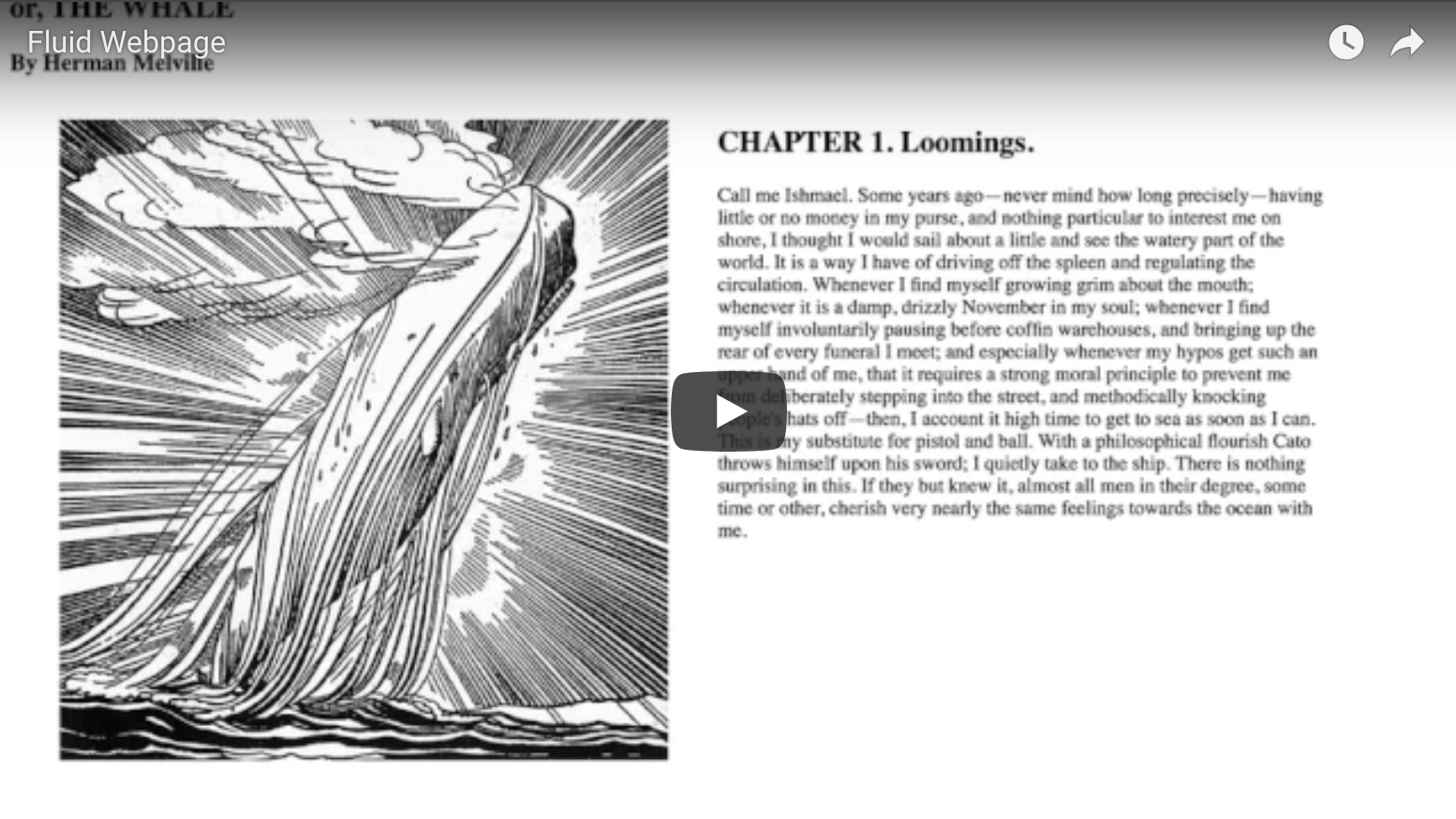The Web's Grain
Can I play something for you? Trust me: it’s worth it. Oh, and while you’re listening, pay attention to your chest. You may feel a growing warmth, kind of like the firey trickle after a shot of whiskey.
All right, here we go:
Wasn’t that great? I’ve listened to those irritating bing-bongs 30 or 40 times in the process of making this page, and while you can’t see it, I’m typing this with a big, stupid smile on my face. If you came online in the ’90s like me, you’re probably smiling too.

Windows 95 Dial-Up Dialog Box
That sound, of course, is the audio handshake of a modem connecting to the internet. And the fiery feeling in the chest it creates is the warm pang of nostalgia. I’ve managed to tether that grating sound to all the wonder and magic I felt my first years on the internet. Back then, if you told me that I’d get to spend the next decade or so making things for the web—well, that would be just about the best news I could be told.
But things have changed, as they always do. I’m writing this fifteen years after the bing-bongs, and the fascination has faded. What happened is what always happens: the wonder I felt was diminished by experience.
The awe goes—time takes it.
There’s a quote from the French philosopher Gaston Bachelard. He says:
“We begin in admiration and end by organizing our disappointment.”
Now, this is a bit pessimistic—he is a French philosopher, after all—but right now the statement does ring true for the technology industry. Think about the weight we’ve added to the world: attention-greedy devices and services, new business structures that turn out to reinforce existing inequalities instead of working against them, technocratic blowhards, never mind the surveillance shit storm we all now must navigate.
How could any self-aware person who works in technology not start to organize their disappointment? It’s gotten to where several of my peers are floating half-hearted speculations about their next careers. This isn’t good: you want the talented and mindful people to stick around, not get husked out, then leave frustrated, exhausted, and conflicted.
The closer I get to it all, the more I become confused and overwhelmed. A thing I knew so well has reached out wider and wider, only to make less and less sense. So last year, instead of being stubborn, complaining, or feeling powerless, I went searching for a different perspective. I wanted to take something big and make it small again. This was urgent: I needed a way to re-engage with my craft on a foundational level. Otherwise, I’d also be looking for a second career.





